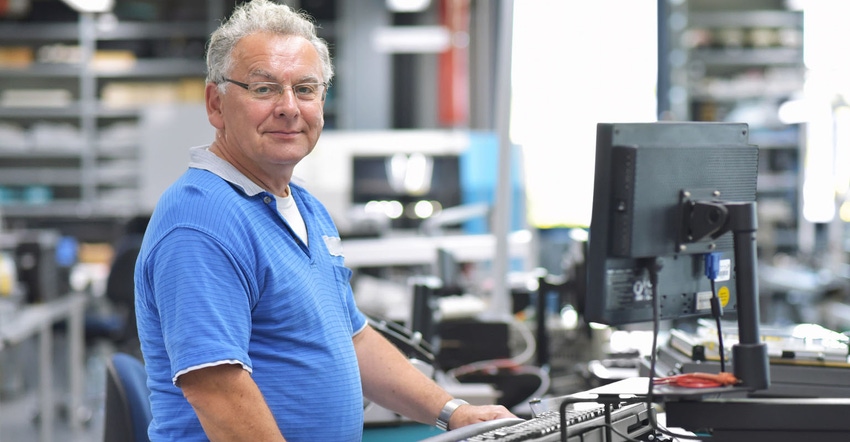Young people typically expect to change jobs every two to three years. If you want to hire an employee who is very likely to be with your company for 10 or more years, do not overlook candidates who are 55 to 60, or even older.
August 2, 2020

In the words of the great English poet Alexander Pope, fools rush in where angels fear to tread. I am going to address a ticklish subject here, but it is something I feel strongly about. I am going to lay out a case to employers that not only should they not discriminate against the older candidate, but they should shift their paradigms and embrace that segment of the workforce.
The first step to correcting a problem often is to admit that you have one. So here goes — the older worker has been discriminated against for a long time. This is widely accepted, as evidenced by the fact that there are laws against age discrimination. As with other forms of discrimination, over the years it has become more subtle. So, I might hear things like, “It’s an impressive resume, but we’d really like to find someone with more energy,” or, “They certainly have the experience we are looking for, but they’re overqualified for this position,”
The next step in our quest for the cure is to explore why employers are predisposed to think this way. I think there are several reasons, but one stands above the others, and it is not valid today. There was a time when companies reasonably expected their top employees to stay there until they retired. That was the unwritten social contract between the company and the employee — loyalty that went both ways. Hence, if you subtracted someone’s age from 65, that was how many years of service you were going to get out of them, give or take a few. Wow, has that changed!
The company-employee loyalty pact is long gone with increasingly rare exceptions, overcome by the realities of a global economy, mergers and acquisitions, a demand for short-term business results, and a host of other factors. What you have now is a situation where the average millennial employee is changing jobs every two to three years.
Here’s the bottom line: If you want to hire an employee who is very likely to be with your company for 10 years, do not overlook someone who is 55 to 60, or even older. They will bring a wealth of experience and knowledge, they will show up on time every day and give you a full days’ work, and when the time does come to retire, they will tell you well in advance and gladly train their replacement.
 About the author
About the author
Paul Sturgeon is CEO of KLA Industries, a national search firm specializing in plastics, packaging, and polymer technology. If you have a topic you would like to see discussed, a company that is growing, or other ideas for this blog, e-mail Sturgeon at [email protected].
About the Author(s)
You May Also Like



